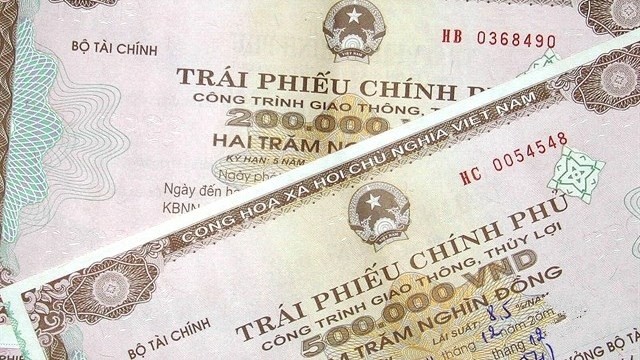The statistic was announced under the Asian Development Bank’s (ADB) latest issue of the Asia Bond Monitor.
According to the report, the growth was due to an upsurge in the increase of treasury bonds at 0.9% in the first quarter of 2019 to US$47 billion, after a 6.1% decline in the last quarter in 2018.
The growth in the government bond market also offset the 1.3% decline in the corporate bond market in Q1 this year.
The quarterly report also stated that the local currency bond markets in emerging East Asia continued to expand over the first quarter of 2019, despite trade conflicts and moderating global growth, with housing bonds and green bonds being potential areas of future growth.
At the end of March, there were US$15 trillion in local currency bonds outstanding in emerging East Asia – covering China, Hong Kong (China), Indonesia, the Republic of Korea, Malaysia, the Philippines, Singapore, Thailand and Vietnam – 2.9% more than at the end of 2018 and 14.0% more than at the end of March 2018.
Bond issuance in the region, meanwhile, amounted to US$1.4 trillion in the first quarter, 10.0% higher than in the last quarter of 2018 on the back of stronger issuance of government debt.
Government bonds accounted for 61.7% of emerging East Asia’s total local currency bond stock at US$9.3 trillion as of the end of March, a 14.0% increase versus end March 2018. Meanwhile, there were US$5.8 trillion in corporate bonds outstanding, 14.2% more than a year earlier.
The report also noted that developing a market for housing bonds would increase access to home loans during a time of rising demands and diversify housing finance, traditionally provided by commercial banks. Meanwhile, the continued development of Asia’s green bond market is helping the region finance climate mitigation and adaptation projects.
















